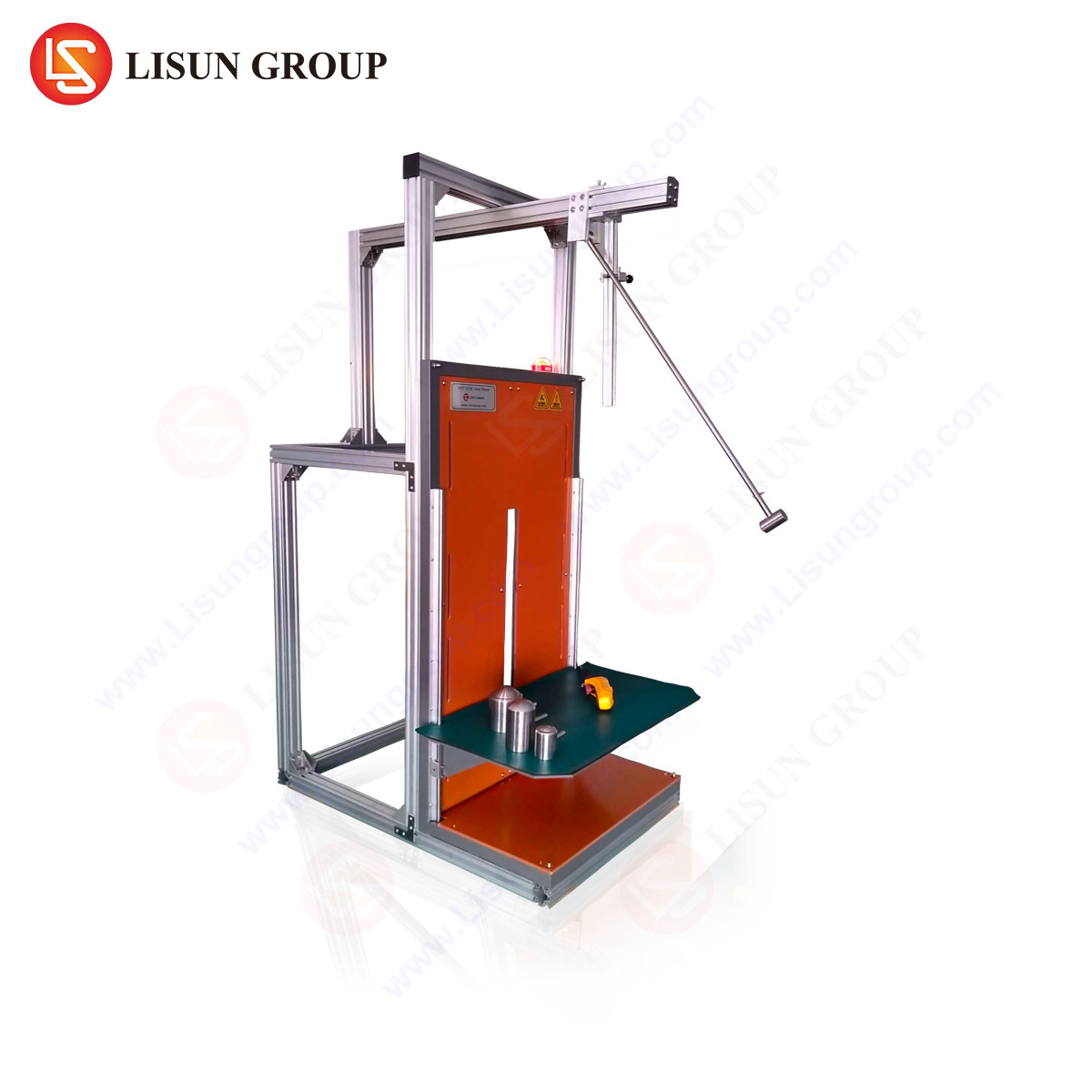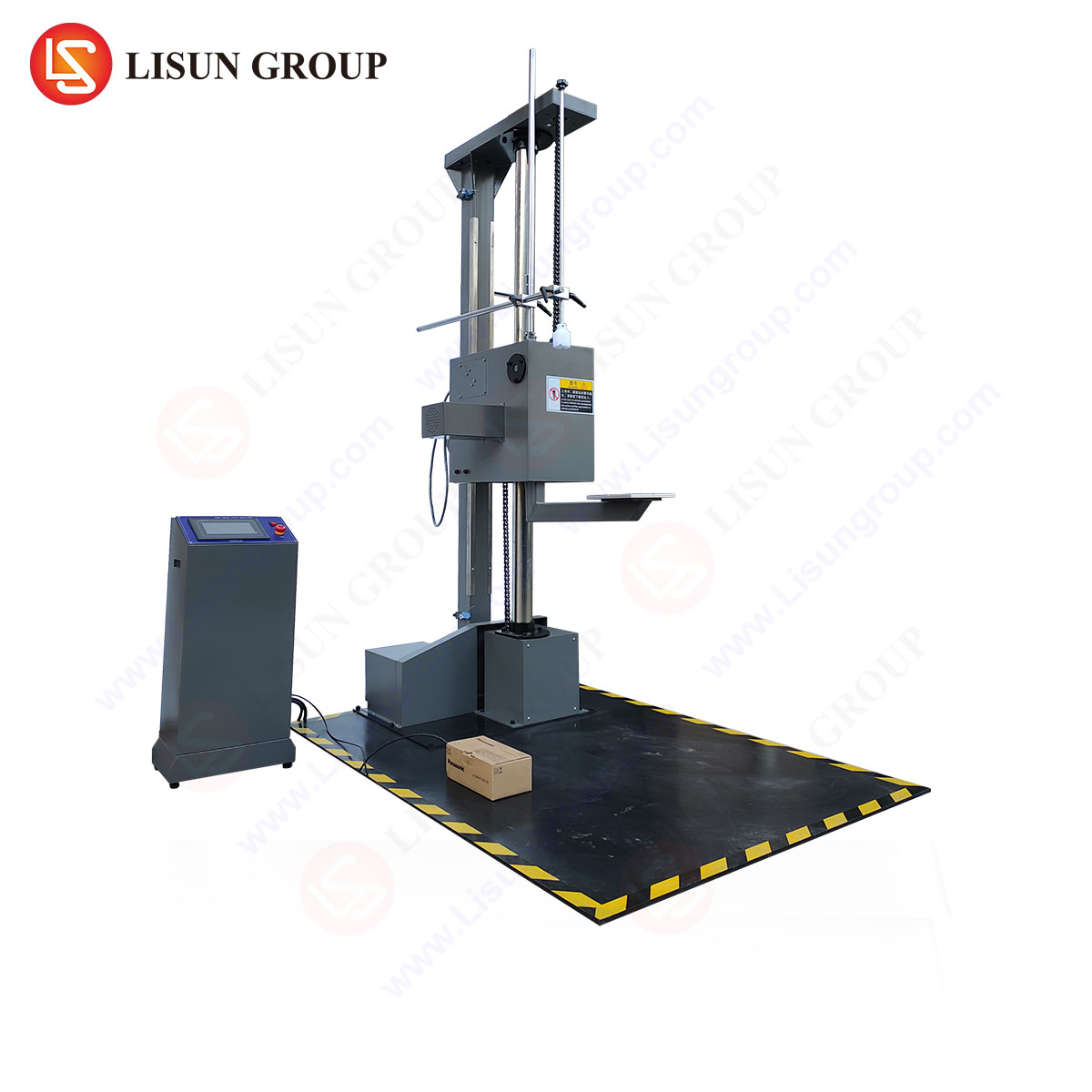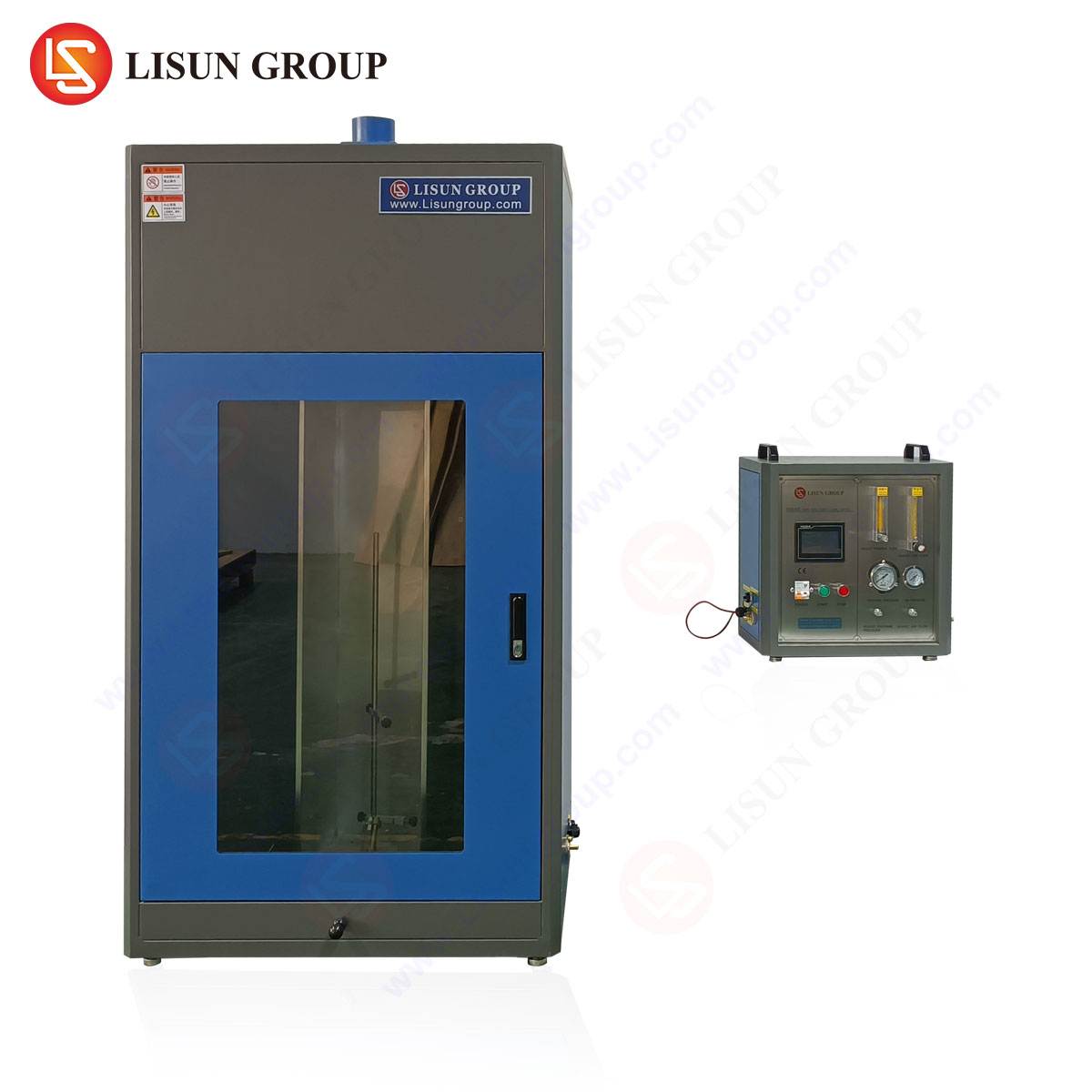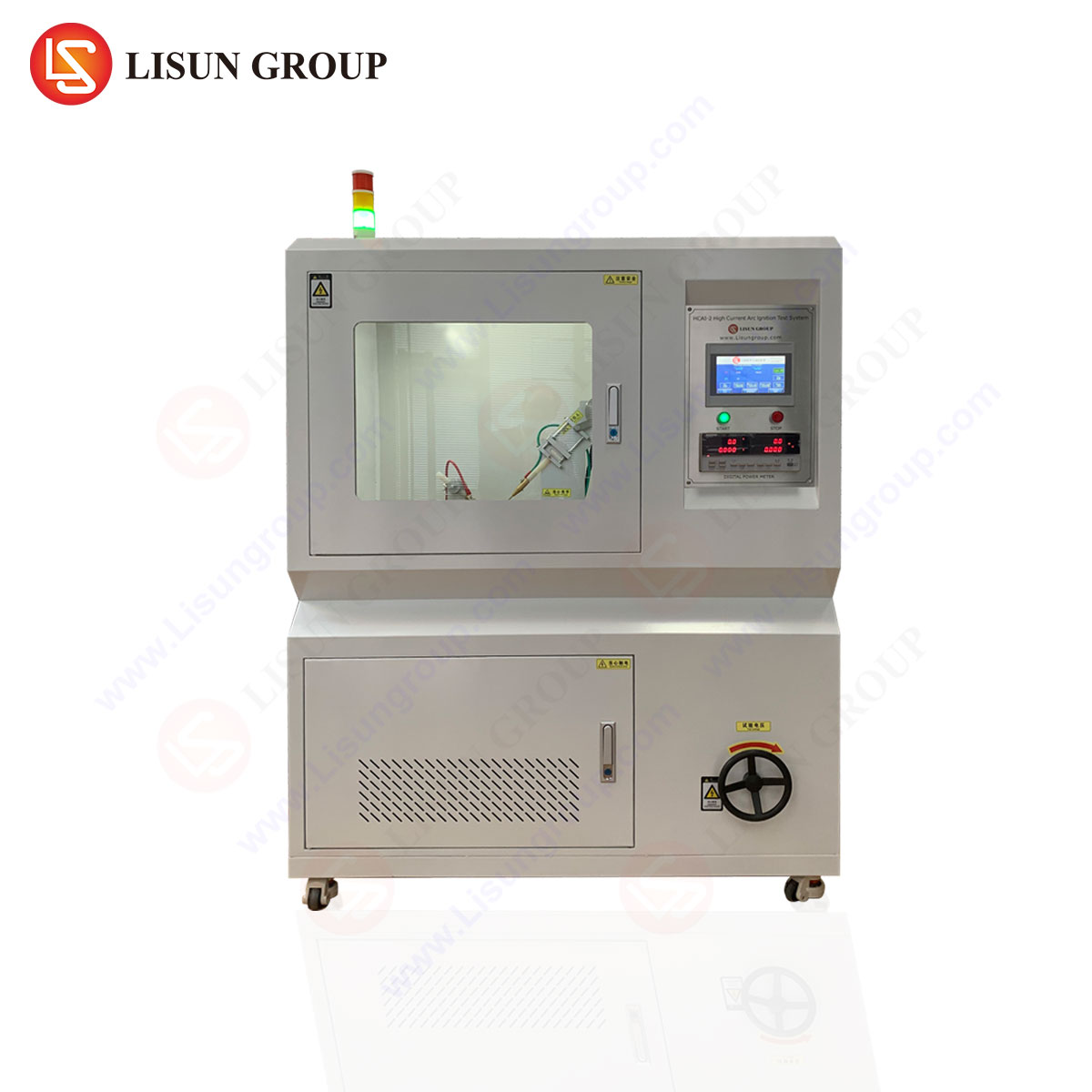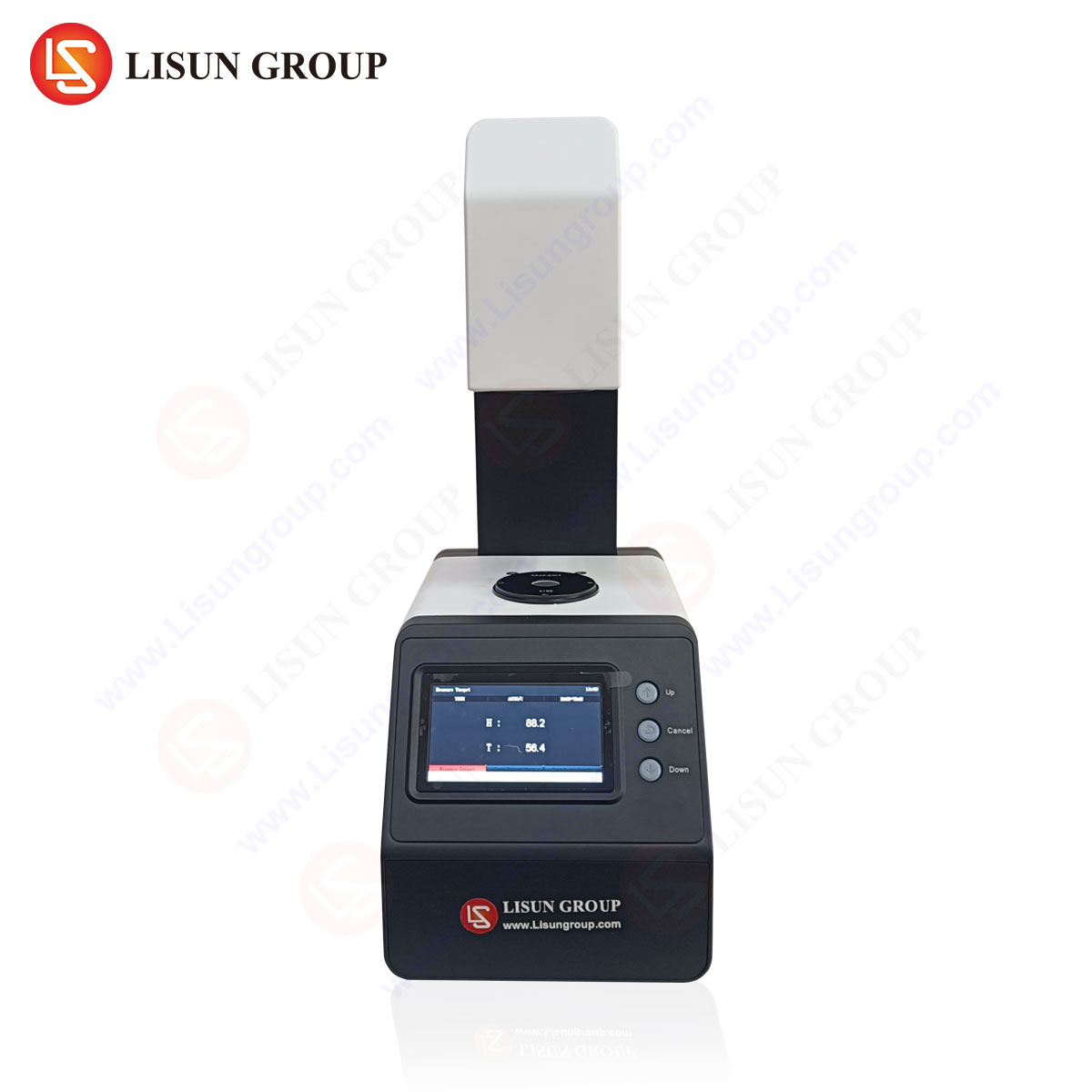Introduction to Arc Resistance and Ignition Hazards
Electrical and electronic equipment must withstand high current arcs without igniting adjacent materials—a critical safety requirement across industries such as automotive electronics, household appliances, and aerospace components. High current arc resistance testing evaluates a material’s ability to resist ignition when exposed to electrical discharges, ensuring compliance with international safety standards like IEC 60695-2-20 and UL 746A.
The increasing miniaturization of components in consumer electronics and industrial control systems amplifies the risk of arc-induced fires, necessitating rigorous testing methodologies. This article examines the principles of high current arc resistance testing, its applications, and the role of advanced instrumentation such as the リスン RSY-LT Hot Wire Ignition Tester in mitigating ignition risks.
Mechanisms of High Current Arc Formation
Arcs occur when electrical current traverses an ionized gas path, generating temperatures exceeding 3,000°C. In low-voltage systems (e.g., automotive wiring harnesses or telecommunications equipment), transient faults or insulation degradation can initiate arcs. High current arcs exacerbate thermal stress, potentially igniting polymer housings, cable sheaths, or printed circuit boards.
Two primary arc types influence ignition resistance:
- Breakdown Arcs: Caused by dielectric failure in insulating materials.
- Sustained Arcs: Result from prolonged fault conditions, common in power distribution systems.
Understanding these mechanisms informs test protocols that simulate real-world failure modes.
Standards Governing Arc Resistance Testing
Regulatory frameworks mandate specific test conditions to evaluate material performance. Key standards include:
| スタンダード | Scope | Test Parameters |
|---|---|---|
| IEC 60695-2-20 | Glow-wire ignition (GWI) testing | 550–960°C, 30s exposure |
| UL 746A | Polymeric materials flammability | High current arc tracking |
| ISO 9772 | Foamed material ignition resistance | 15–200mA fault currents |
その RSY-LT Hot Wire Ignition Tester complies with these standards, providing reproducible results for materials used in lighting fixtures, medical devices, and office equipment.
Principles of Hot Wire Ignition Testing
Hot wire testing assesses a material’s propensity to ignite when exposed to a heated resistive element. The RSY-LT employs a nickel-chromium wire heated to temperatures up to 1,000°C, replicating thermal abuse scenarios in electrical components like switches or sockets.
Key Testing Phases:
- Preconditioning: Samples are conditioned at 23±2°C and 50±5% RH.
- Exposure: A calibrated wire contacts the specimen for 30±1s.
- Observation: Ignition, flame persistence, and dripping behavior are recorded.
This method is particularly effective for evaluating thermoplastic enclosures in household appliances or automotive electronics.
Technical Specifications of the RSY-LT Hot Wire Ignition Tester
その RSY-LT distinguishes itself through precision and adaptability:
- Temperature Range: 150–1,000°C (±2°C accuracy)
- Wire Dimensions: 0.5mm diameter, Ni80Cr20 alloy
- Test Duration: Programmable 1–999s
- コンプライアンス: IEC 60695-2-10/-2-13, GB/T 5169.10
Integrated safety features, such as automatic cut-off upon ignition, enhance reproducibility while minimizing operator risk.
Industry Applications and Use Cases
1. Automotive Electronics
High current arcs in EV battery management systems can ignite cable insulation. The RSY-LT validates flame-retardant materials per ISO 6722.
2. Lighting Fixtures
LED driver housings undergo testing to ensure arc faults do not propagate flames.
3. Medical Devices
Polycarbonate enclosures for ventilators are tested to IEC 60601-1 flammability requirements.
Competitive Advantages of the RSY-LT
- Multi-Standard Testing: Supports IEC, UL, and GB protocols in one platform.
- Data Logging: Exportable reports for audit trails.
- Modular Design: Accommodates custom fixtures for irregularly shaped components.
FAQ
Q1: What distinguishes hot wire testing from high-voltage arc tracking tests?
A1: Hot wire testing evaluates ignition via conductive heating, whereas arc tracking tests assess surface breakdown under electrical stress.
Q2: Can the RSY-LT test materials beyond plastics?
A2: Yes, it assesses composites, ceramics, and laminated substrates used in aerospace components.
Q3: How does temperature calibration impact test accuracy?
A3: ±2°C deviation ensures compliance with IEC 60695’s stringent repeatability criteria.
Q4: What industries require hot wire ignition testing?
A4: Automotive, medical, and consumer electronics sectors prioritize this for flammability certification.
Q5: Is operator training necessary for the RSY-LT?
A5: Basic training ensures proper specimen mounting and parameter input, though the interface is designed for intuitive use.


